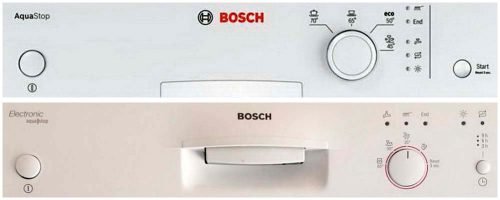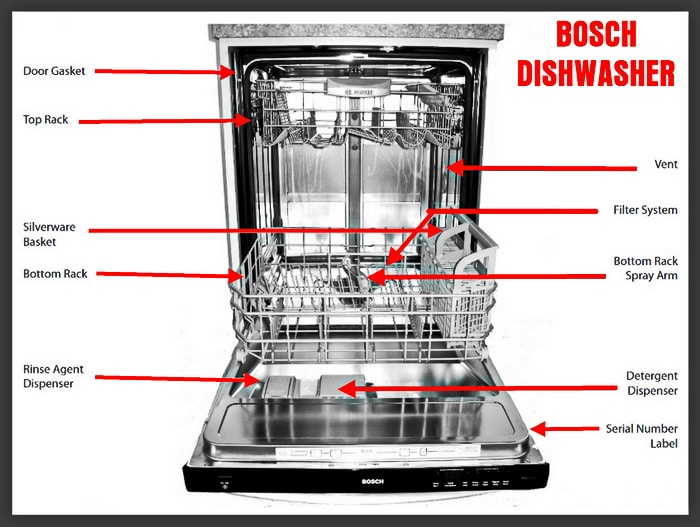

Remove the mounting screw and pull the water inlet valve from the mounting bracket.Remove the water supply line from the inlet valve assembly.Put a towel down to catch any water leakage.Remove the lower access panel or kickplate.Turn off the water supply to the dishwasher.Disconnect the dishwasher from the power source.To check and replace the water inlet valve: Therefore, replacing the valve is usually the better option. However, water inlet valves are usually cheap to replace, and repairs to a water inlet valve often result in it leaking and causing more problems. The screens can also be soaked in a water and vinegar solution to decalcify them. If the water inlet valve screens are clogged, you may be able to wipe or scrape the debris off the screens or remove the screens and clean them. A clogged water inlet valve can be diagnosed and fixed by locating the filter screens inside the water inlet valve’s hose fitting ports.

If your water supply has a known hard water issue, it is more likely that this is the cause of the issue. The water inlet valve can become clogged, usually due to calcium deposits. To check and replace the water inlet valve, see the instructions below.
#BOSCH DISHWASHER CONTROL PANEL COMING OFF PROFESSIONAL#
It is recommended that a trained professional perform this test. To correctly test the water inlet valve, a more advanced AC or DC voltage test is required. However, this multimeter test is often unreliable. If the test measures infinity, one of the solenoids may have failed. An ohm test can also be conducted with a multimeter. On some dishwashers, you may need to remove the dishwasher door, usually with a T15 Torx Driver, to gain access.Ī defective water inlet valve can be visually inspected for signs of wear and tear. To inspect and replace the water inlet valve, the bottom access panel or kickplate will need to be removed. A defective water inlet valve may also cause a loud buzzing or squealing sound. If the water inlet valve is defective, the dishwasher could still be humming but not getting the water it needs. When the control panel or timer signals the water inlet valve, it should open and allow water into the dishwasher. If you live in a cold climate, another consideration is that the water supply line may have frozen. Most households have a faucet under the sink that needs to be turned counterclockwise to allow water to flow into the dishwasher. The first thing to check is that the water supply is turned on to the dishwasher. If the dishwasher has not been used for over a week, this can also cause the issue, as the dishwasher pump seals may have dried out. If your dishwasher’s water inlet fill line features a flood-safe hose, this may also cause the problem. A dishwasher that hums but does not fill with water is usually caused by either a defective water inlet valve or float switch.


 0 kommentar(er)
0 kommentar(er)
